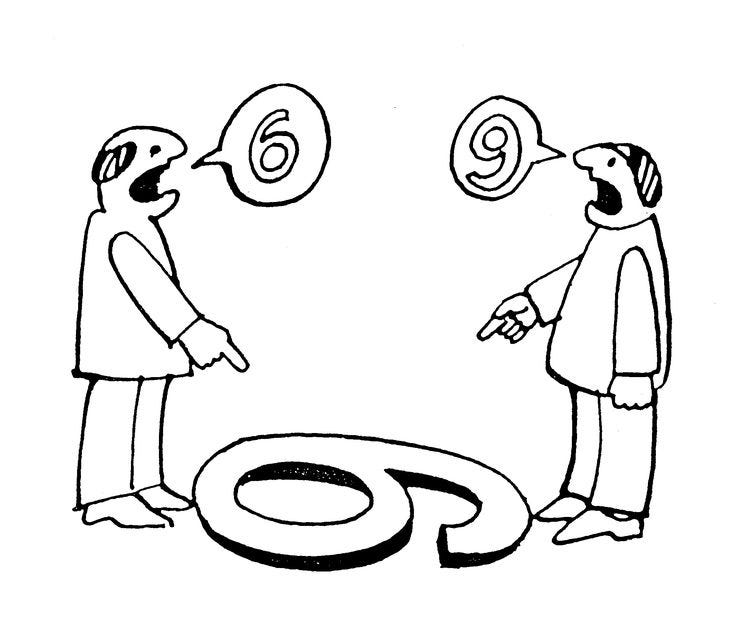
Thank you, thank you, thank you! Throughout this course I
have really learned and understood the process of communication. Communicating
with my colleagues has been a wonderful learning experiences. As many of my colleagues
I have been in other courses with it is always nice to work with new colleagues
as well. My biggest take away is that communication is a transactional process
where you influence others while they influence you (O’Hair, 2018).
I am grateful to be able to work with such amazing scholars.
I have been able to put theory to practice from the feedback and stories of my
colleagues. We are forming a great community of educators and I am happy to be
apart of that. The posing questions of my colleagues and the different
perspective that everyone brings allows me to engage deeper in my thought
process. The drive of my Walden community helps me to continue to push forward
with their kind words, motivation, and sincerity. I hope I have done the same
in providing feedback to blogs and discussions.
I hope to continue to
see everyone grow as we reach our goal of graduating with our master’s degree. I
wish you all the most success in future endeavors and hopefully we may even
cross paths one day.
O'Hair, D., Wiemann, M., Mullin, D. I., & Teven, J.
(2018). Real communication: An introduction (4th. ed). New York:
Bedford/St. Martin's.











